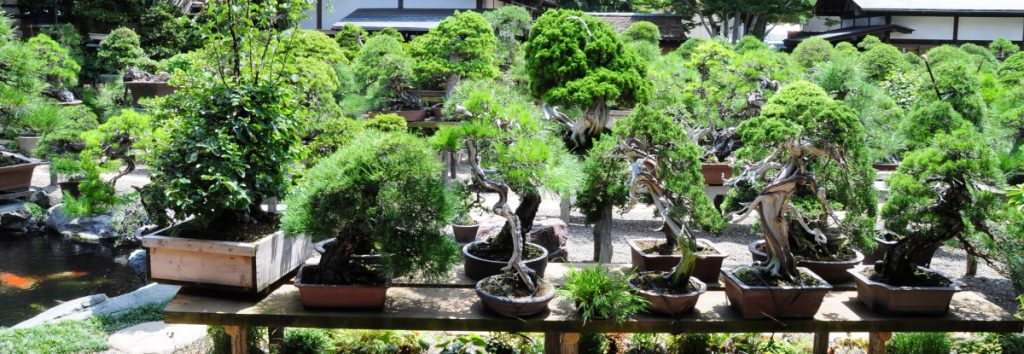If you’re like most people, you probably enjoy looking at bonsai trees. They’re graceful and delicate, with intricate details that can take years to perfect.
But did you know that growing bonsai can be a profitable hobby?
In this post, we’re going to explore the ins and outs of this fascinating horticultural art form so you can start cultivating and selling your own bonsai plants.
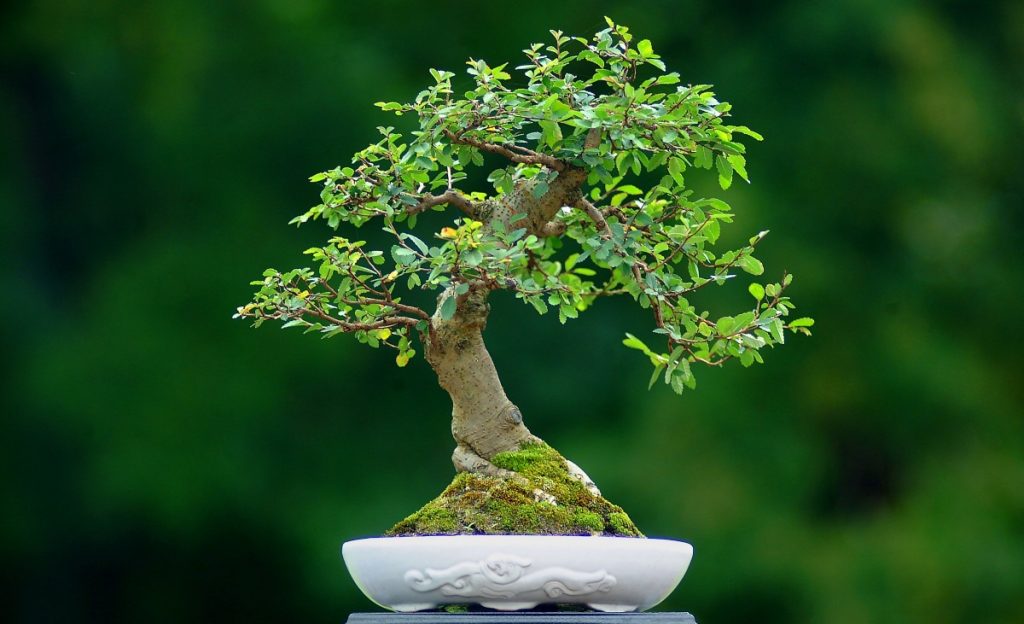
What are Bonsai Plants?
The origins of bonsai can be traced back more than 2,000 years to the Chinese practice of creating miniature trees from twigs and branches taken from regular-sized trees.
Bonsai plants are cultivated in small containers so they can be displayed in pots or baskets on tabletops and desks.
They can be grown indoors or outdoors, depending on your preference and climate conditions.
There are several types of bonsai plants you can choose from depending on the style you’re going for.
For instance, you can create a dwarf tree using broadleaf evergreens such as the juniper plant or you can add artificial moss to create a natural- looking landscape effect.
Some popular bonsai styles include classic Japanese bonsai, potpourri, bunjinsai, cascade, formal upright and more.
There are dozens of different varieties to choose from so you can make beautiful arrangements to suit any room or outdoor space.
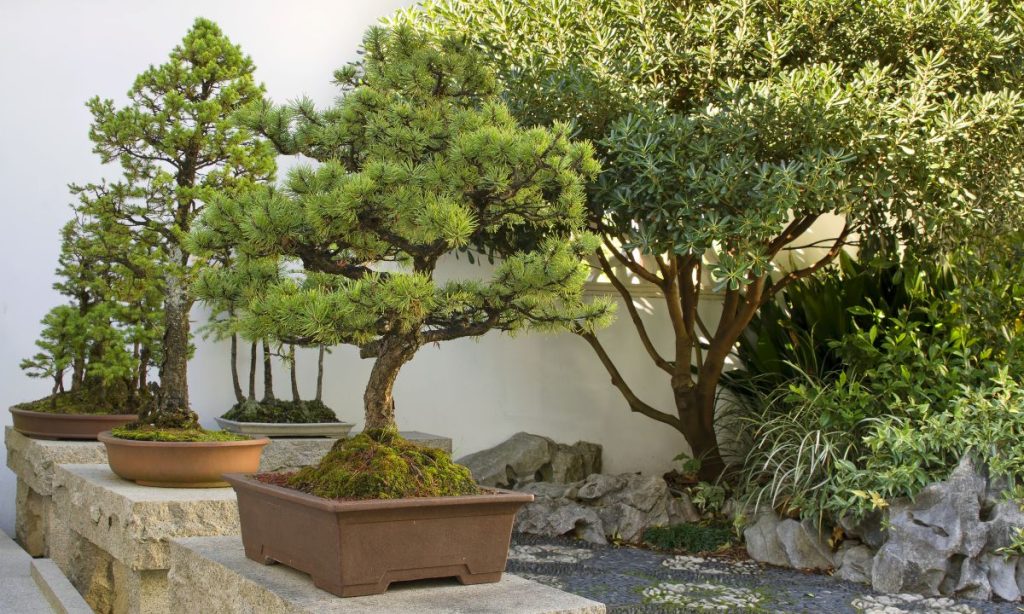
Types of Bonsai Plants
You can turn many different types of plants into bonsai plants.
Some of the most popular types include pine, maple, oak, birch, spruce, elm, hackberry, jade, hawthorne, sumac, blackthorn, coral bark maple, boxwood, African violet, roses and bromeliads.
While you can use almost any plant as a bonsai specimen, some types work well for beginners because they’re hardier and easier to care for than other types of plants.
Here are some of the best types of plants to grow as bonsai:
Pine trees – These hardy trees require minimal care and they respond well to pruning which makes them ideal for beginners.
They also produce small cones which make attractive ornaments for your bonsai display.
Maple trees – Maple trees are also easy to care for and grow well in temperate climates.
Their smooth brown bark and natural shape make them an ideal choice for beginner bonsai growers.
Spruce trees – Spruce trees are another popular choice for beginner bonsai enthusiasts because they are strong and durable.
They can withstand harsh weather conditions and still look excellent when grown in the right conditions.
Elm trees– The thick bark of elm trees makes them a great choice for beginners because it’s easy to sculpt and shape with tools to create an elegant and beautiful work of art.
Hawthorn trees– Hawthorn trees are low maintenance and easy to prune which makes it easy for beginners to get right.
Sago palm– The sago palm is a tropical plant that prefers warm climates such as those found in the south of the United States.
It has an attractive striped trunk which makes it a popular choice for beginners because it is relatively simple to shape into a miniature tree.
Baobab tree– The Baobab tree is native to Africa and it’s drought-resistant which makes it a good choice for beginners because it grows well with little care.
Water garden plants– Some water garden plants have interesting shapes and naturally grow together into the shape of a bonsai making them a good choice for beginners.
You can trim them to fit any container to create a beautiful and unique display.
Tropical plants– There are many exotic tropical plants that make good choices for bonsai because of their unique shapes and colors.
Many are easy to care for and have attractive flowers or fruit which make them ideal for a bonsai display.
Jade tree– The jade tree is durable and easy to maintain making it a good choice for beginners.
It has dark green foliage that is popular among beginners because it’s easy to shape and mold into different shapes to create a unique and beautiful work of art.
Juniper tree– Juniper trees are hardy and can be shaped easily which makes them a popular choice for beginners.
They have straight trunks and flat tops that make them easy to fit into almost any container to create a beautiful bonsai display.

How Much Money Can You Make Growing and Selling Bonsai?
You can make anywhere from $200-$2000 a month depending on the time and effort you put into growing bonsai plants.
A beginner can make around $200-$500 a month while an experienced grower could make over $1,000 per month depending on their skill and number of trees.
The cost of materials needed for your first set of trees will be around $100-$300 depending on how many trees and what type of trees they are.
As you gain more experience you can expand your business and earn more money by expanding the number and type of trees you have available to sell.
Tips for Getting Started as a Bonsai Grower
If you’re just getting started growing and selling bonsai, here are a few pointers:
The most important thing to know before getting started is what kind of soil you’ll be using for the base of your trees.
There are a variety of different soil types that can be used depending on the type of tree you plan to grow and the conditions in which they’ll be growing.
You’ll want to do some research to determine which type of soil is best for your trees as well as what nutrients you’ll need to add to the soil to keep it healthy.
Other things to keep in mind are the types of plants you’ll be growing and the best time to plant them based on their growth patterns.
You’ll also want to purchase a few different pots to use for your plants so that the size can be adjusted based on the size and age of the tree.
Supplies you need to grow a bonsai plant include:
– Soil (based on the type of plant)
– Pots (to adjust the size based on the size of the plant)
– Fertilizer (based on the type of plant)
– Light Bulbs (depending on your region)
There are many other supplies you’ll need depending on where you are located, so make sure to do research before starting your own bonsai business.

How to Grow Bonsai Plants
If you’re ready to start growing bonsai plants for profit, here are a few tips to get started.
Basic potting – Begin by filling a container with bonsai soil (or topsoil) that has been mixed to a medium consistency. You want the soil to be loose but not too wet or damp.
If your soil is too moist it’s too easy for your roots to become entangled and break apart which can result in the transplanting process becoming more difficult.
Start by filling the bottom of the container with a layer of soil about an inch and a half deep.
Then carefully place your tree in the pot so that the roots form a loose network in the soil and are covered by at least an inch of soil.
Keep the tree firmly in the pot and fill in any empty space around the roots with more soil until the container is full.
Cover the top of the soil with a thin layer of bark to keep the soil from drying out too quickly.
If your container doesn’t have a lid, you can put a plate on top to weigh it down and prevent it from blowing away in the wind.
Feed and water your new tree regularly to help it establish its roots and adjust to its new environment.

Watering Your bonsai – Bonsai should be kept moist but never allowed to dry out completely.
The best way to tell if your tree needs water is to stick your finger into the soil about an inch down from the top of the pot and feel the soil.
If it feels dry, it’s time to water your tree so that you don’t risk damaging the roots by overwatering.
You can either use a watering can or a spray bottle depending on the type of tree you have and how much water it needs.
Be careful not to overwater your tree as too much water can damage the roots. Stick your finger in the soil again a few minutes after you’ve watered it to feel if the soil is still moist.
If it is not, then wait a bit longer and check it again every few minutes until you have given your tree enough water.
Feeding Your bonsai – You should feed your bonsai every two weeks in spring and summer and once a month in fall and winter.
Use a fertilizer specially formulated for bonsai plants and follow the manufacturer’s instructions for how much to use and how to apply it.
Fertilizing your bonsai is a good way to promote healthy growth and increase the fruiting potential of your plants.
Learn how to make your own organic fertilizer using common household ingredients that will help keep your trees healthy and strong all year long!
Prune your bonsai – Prune your bonsai only when necessary to maintain its shape and proper spacing.
Use your pruning shears to cut off any dead or damaged branches, leaving live and healthy shoots to grow in their place.
Avoid pruning more than 25% of your tree’s total foliage in a single year to avoid stunting its growth.
As your bonsai grows you can trim off some of the larger branches and roots to leave room for new growth.
When maintaining your bonsai, it’s important to prune it carefully and only remove dead or damaged branches or roots.
Pruning helps to keep your bonsai healthy and disease-free while also ensuring that it remains in the proper size and shape.
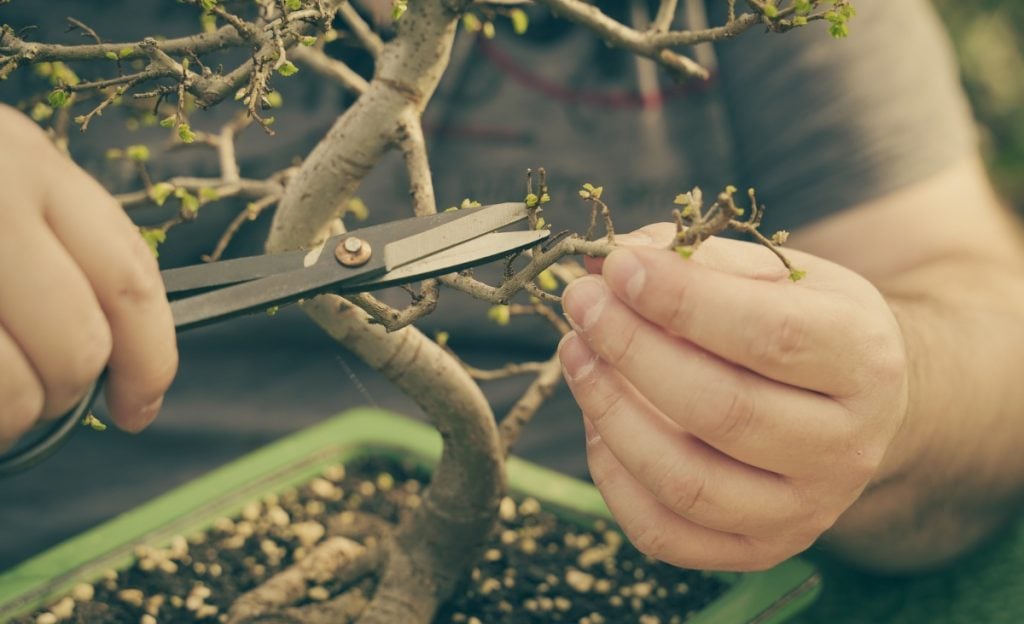
Selling Your Bonsai
You can sell your bonsai by listing it on sites like eBay or Craigslist or by setting up a booth at a local craft fair or flea market.
Bonsai can also make great gifts so you may want to offer some of your creations at a special price during the holiday season.
The best way to find buyers for your bonsai is to set up a website where you can list the plants that you have for sale and describe the care instructions for each one.
You should also include photos of the trees and a paragraph or two about the history of each plant and any special qualities that make it unique.
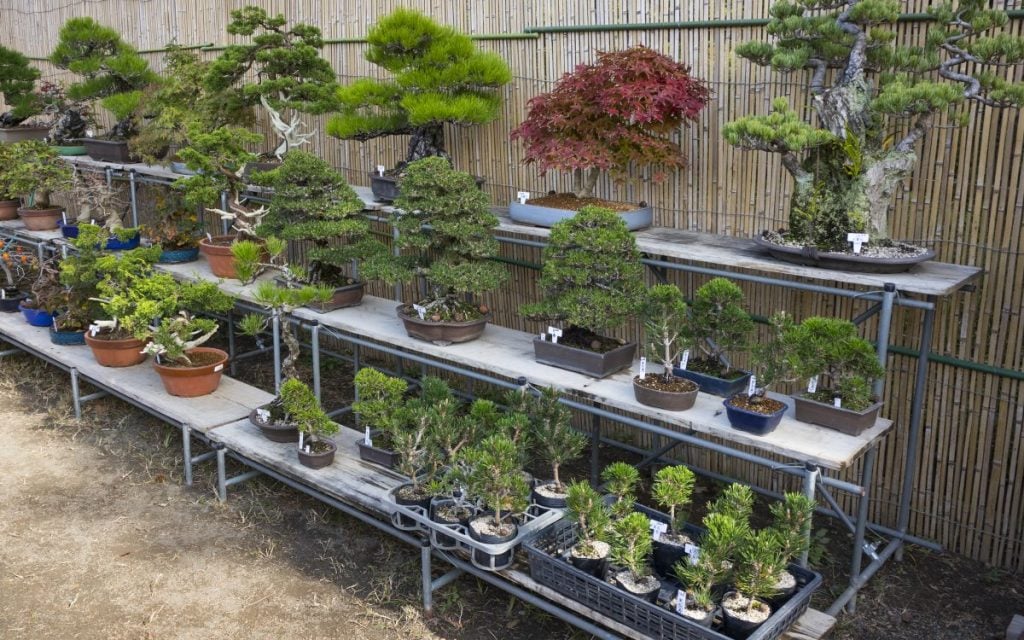
Final Thoughts
When it comes to growing bonsai, it’s all about patience.
It takes time to get your trees established but once you do, they will provide you with years of enjoyment and beauty.
Growing your own bonsai is a great way to connect with nature and get a relaxing “escape” from the hustle and bustle of everyday life.
Whether you decide to sell them or not, your bonsai will be a valuable addition to your garden that you can enjoy for years to come.
